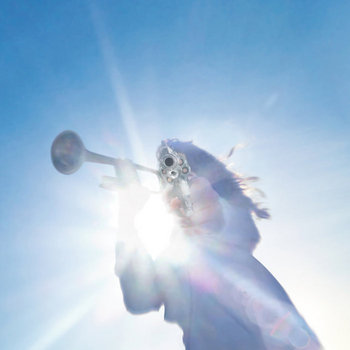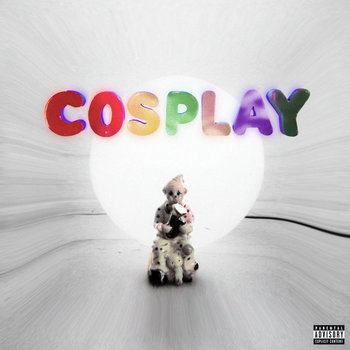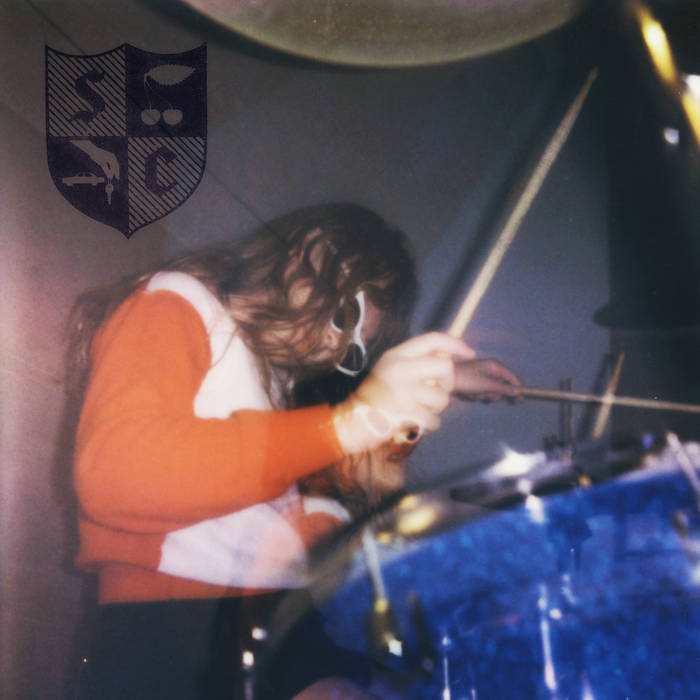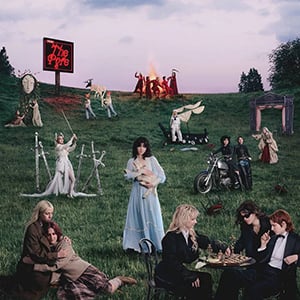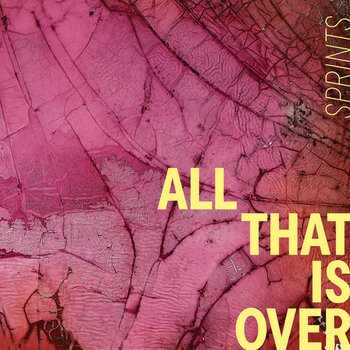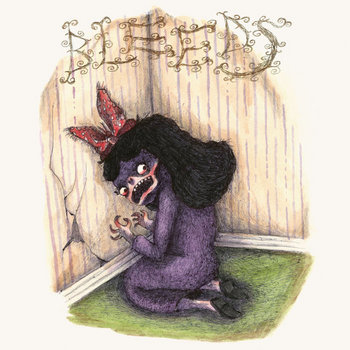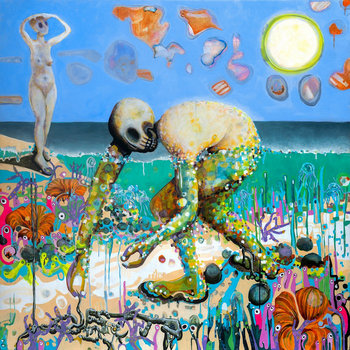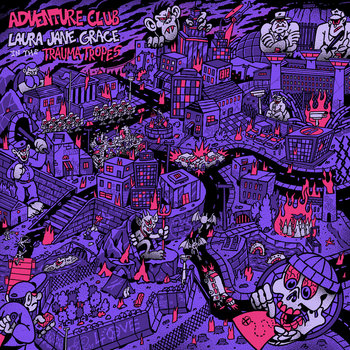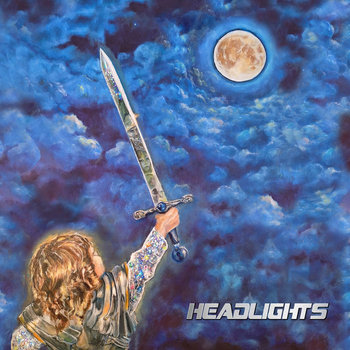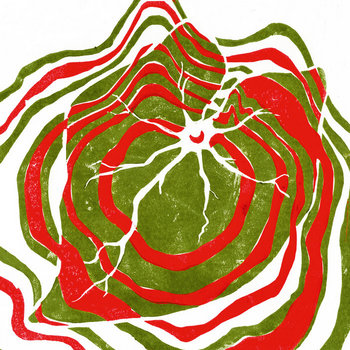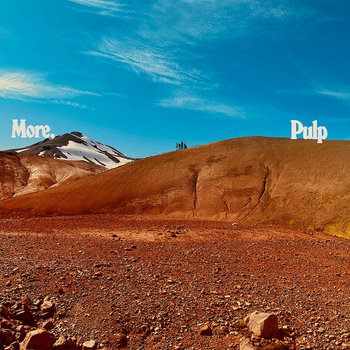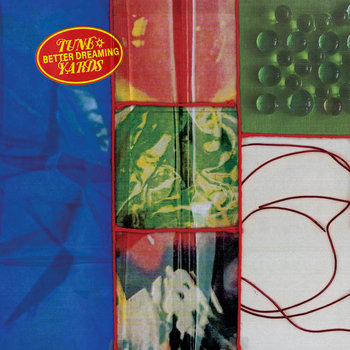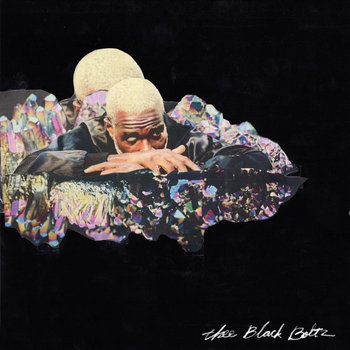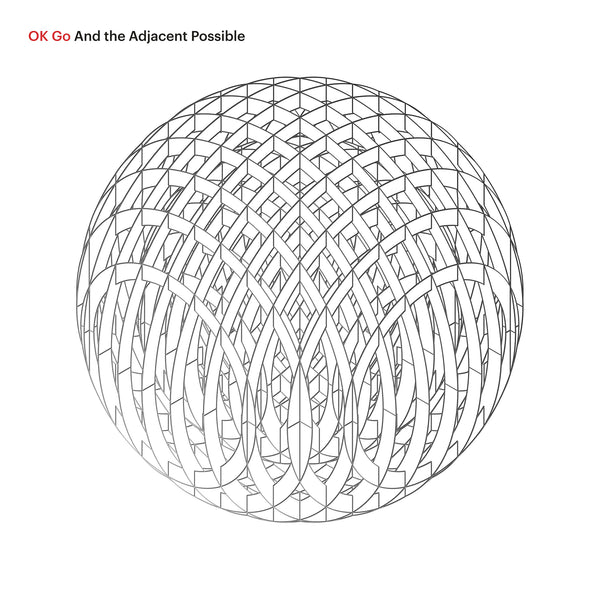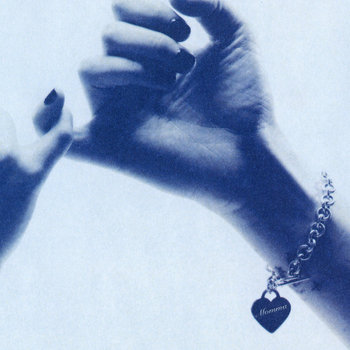
Y-Not Xmas Shuffle
CD of The Week
Week of 12/8/25Teen Jesus and The Jean Teasers - Glory (Mom + Pop)
 Forming as high school students a decade ago in Canberra, Australia, the quirkily-named pop-punk quartet, Teen Jesus and the Jean Teasers have received an increased push in the U.S. upon the release of their second album, Glory. This follows a run of dates opening for Pearl Jam in the spring and accompanies a leveling up in their melodies and lyrical maturity with their sophomore release. The band draws from familiar sources throughout the ten tracks, but possesses more character, soul, and depth than usual from the subgenre.
Forming as high school students a decade ago in Canberra, Australia, the quirkily-named pop-punk quartet, Teen Jesus and the Jean Teasers have received an increased push in the U.S. upon the release of their second album, Glory. This follows a run of dates opening for Pearl Jam in the spring and accompanies a leveling up in their melodies and lyrical maturity with their sophomore release. The band draws from familiar sources throughout the ten tracks, but possesses more character, soul, and depth than usual from the subgenre.When Teen Jesus and the Jean Teasers are aiming for glib, spiky exuberance as they are on one-liner filled tunes like “Balcony” and “Bait”, they succeed with anthemic choruses and killer attitude. The lyrical perspective is both relatable and sharp when vocalist Anna Ryan sings, “Hey two eyes, are you in there / I don’t like the way that you linger” and the riffs glisten during the sing-along harmonies in the chorus of the opener “Watching Me Leave.”
Yet, the album reaches another level on more atmospheric, introspective tracks like “Turn Around” and “Unscarred,” which feature some appealing synth-touches and authentic, but not cloying, songwriting. “Mother” is the real standout with frequent tempo changes and powerful, rushing guitar playing from Scarlett McKahey that are reminiscent of 90s alt-rock such as The Breeders. Yet, the cathartic screams of the titular word that end the tune have a distinctive rage that goes beyond most of their influences. The track is a sign that the band are a tier above their peers in feminist, Gen-Z indie.
Teen Jesus and the Jean Teasers may immediately catch your attention due to their distinctive name, but the band retains your interest through a keen sense of melody and the powerful voice and distinctive perspective of Ryan. Glory is a real step up from their debut, and there are hints on the album that they may still have some growth ahead on future releases. Both of their albums have been top 10 smashes in their home country, but the band deserves more success elsewhere. The good news is that this seems inevitable in the near future.
Review by Sol

